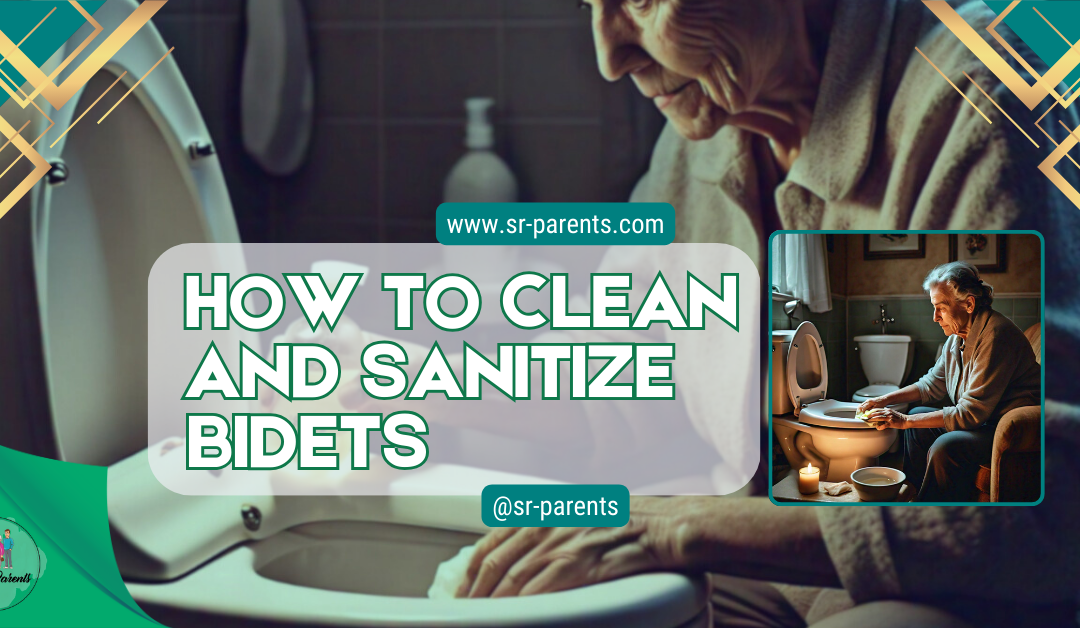Bidets have become increasingly popular for their hygiene benefits and eco-friendliness. However, to truly enjoy these advantages, knowing how to clean and sanitize bidets is essential. A well-maintained bidet ensures a fresh experience and prevents the growth of bacteria and germs, making your bathroom a healthier space. If you’re new to bidets or simply looking to enhance your cleaning routine, understanding the proper cleaning techniques is key.
In this guide, we’ll explore effective methods for cleaning and sanitizing bidets, focusing on both the exterior and interior components. From choosing the right cleaning solutions to implementing a regular maintenance schedule, our tips will help you keep your bidet pristine. Whether you own a standalone model or a bidet attachment, these practical steps will ensure your bidet remains a refreshing and hygienic addition to your bathroom routine.
Contents
How to Clean and Sanitize Bidets for Seniors: Essential Hygiene Practices
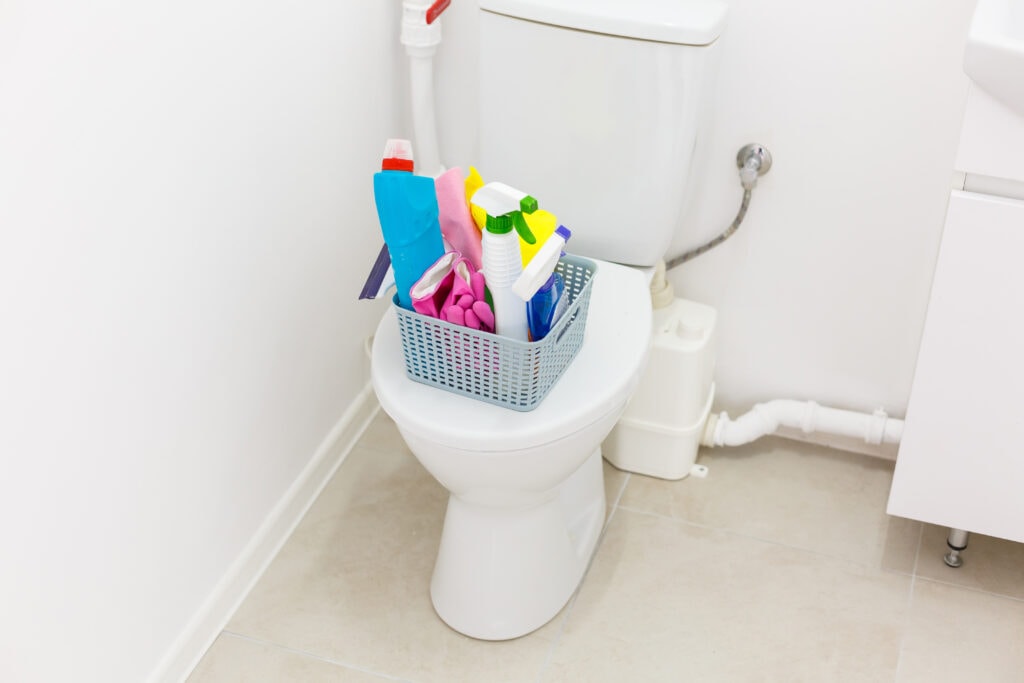
Maintaining the cleanliness and hygiene of bidet systems is crucial. This is especially true for seniors who might rely on these devices for their daily personal care. Bidets offer a hygienic solution for the elderly. They help maintain skin integrity and decrease the risk of infections. It’s essential to understand the physical and technical aspects of the cleaning process. This ensures the bidet remains a safe and effective tool for personal hygiene.
Regular and thorough cleaning of a bidet contributes to the safety and comfort of its senior users and extends the longevity of the device. From addressing hard water buildup to sanitizing the nozzles and handles, each cleaning step should be carried out carefully. Utilizing eco-friendly cleaning agents can further enhance the safety of the cleaning routine, especially for those with sensitive skin or allergies.
Key Takeaways
Regular cleaning ensures bidet hygiene and device longevity.
Deep cleaning addresses lime scale and maintains functionality.
Eco-friendly products provide a safe cleaning alternative for sensitive users.
Understanding Bidets for Seniors
Bidets offer a gentle, hygienic alternative to traditional toilet paper, which can be particularly beneficial for seniors. These bathroom fixtures can be standalone or attachments to regular toilets. They utilize a stream of water to cleanse the user, which can be more effective and comfortable, especially for older adults with sensitive skin or mobility issues. Knowing how to clean and sanitize bidets is crucial for maintaining their hygiene and effectiveness. There are various types of bidets, but some key features are important for seniors:
Raised lever controls for ease of use.
Warm water options to ensure comfort, especially in colder climates.
Adjustable water pressure to suit individual needs and sensitivities.
Frontal wash features for feminine hygiene.
Hygiene and Installation
For seniors, bidets can improve personal hygiene and provide a sense of independence in the bathroom. It’s essential to select a model that suits their needs, considering factors such as arthritis or balance issues. Moreover, bidets can reduce the need for awkward reaching and wiping, thereby minimizing the risk of falls.
A professional should do installation to ensure that the bidet is securely attached and that all features function correctly. Maintenance is typically straightforward, requiring regular cleaning to keep the bidet sanitary and in good working order. Instructions for cleaning may vary based on the model, and it’s recommended to consult the manufacturer’s guidance or refer to sources like Consumer Reports for general advice.
Preparation for Cleaning
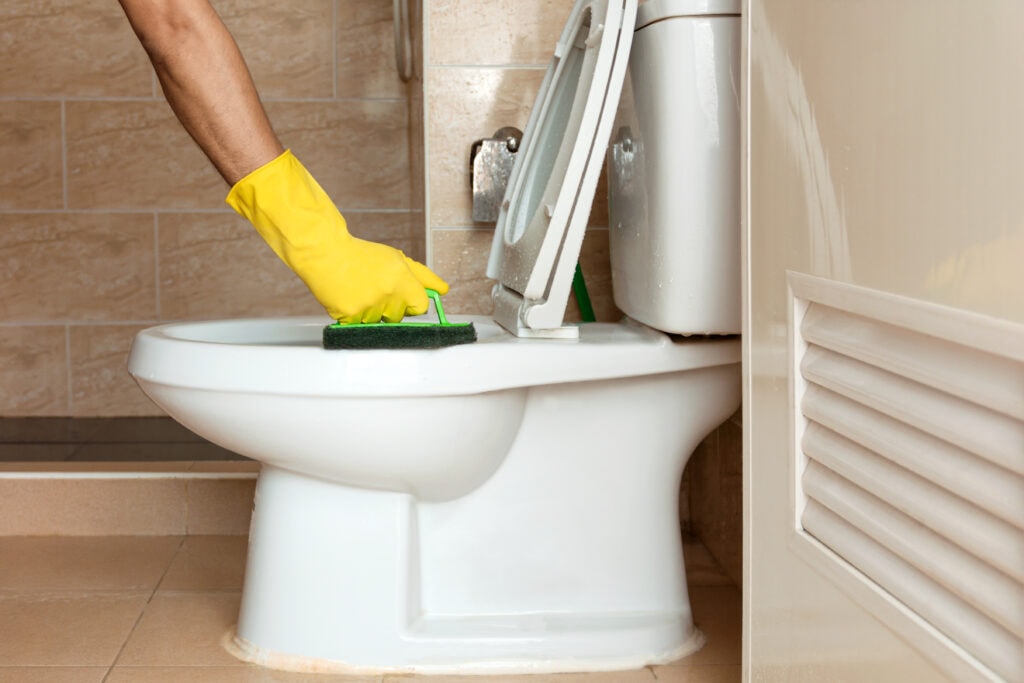
Before one begins cleaning and sanitizing bidets, ensuring all necessary items are on hand and safety measures are in place is imperative. Using suitable cleaners that are both effective and safe for the bidet’s surfaces will further lead to a thorough and secure cleaning experience.
Gather Necessary Supplies
To properly clean a bidet, one must have the following supplies:
A pair of gloves to protect the hands
Soft cloths or sponges for wiping surfaces
A soft-bristled brush for more detailed cleaning around nozzles
Buckets or containers for water
Ensure Safety Precautions
Safety is of the utmost concern, particularly for seniors. One must:
Ensure the electrical supply to the bidet is turned off before cleaning to prevent any accidents.
Use non-slip mats to prevent falls if the bidet is near a bathtub or shower area.
Selecting Appropriate Cleaners
Choosing the right cleaning agents is crucial:
Opt for mild detergents or vinegar-based solutions that are gentle yet effective.
Avoid harsh chemicals that damage the bidet’s components or harm sensitive skin.
Routine Cleaning Process
For seniors using bidets, understanding how to clean and sanitize bidets is essential for maintaining hygiene by regularly cleaning and sanitizing the device. This will ensure the bidet remains safe and effective for daily use.
Wipe Down Surfaces
Initial Cleaning: Begin by wiping down all accessible surfaces of the bidet using a damp cloth. One should focus on the seat, lid, and control panel, which are prone to accumulating dust and dirt. Consumer Reports suggests using the bidet’s nozzle wash feature if available.
Sanitize Nozzles
Disinfection: After wiping, it’s crucial to sanitize the nozzles properly. A solution of vinegar or a mild detergent should be applied to ensure that the nozzles are clean and free of harmful bacteria.
Dry Thoroughly
Final Step: Once all parts are cleaned and sanitized, they should be dried thoroughly with a soft towel or air dry. This will prevent the growth of mold and mildew and prepare the bidet for its next use.
Deep Cleaning Steps
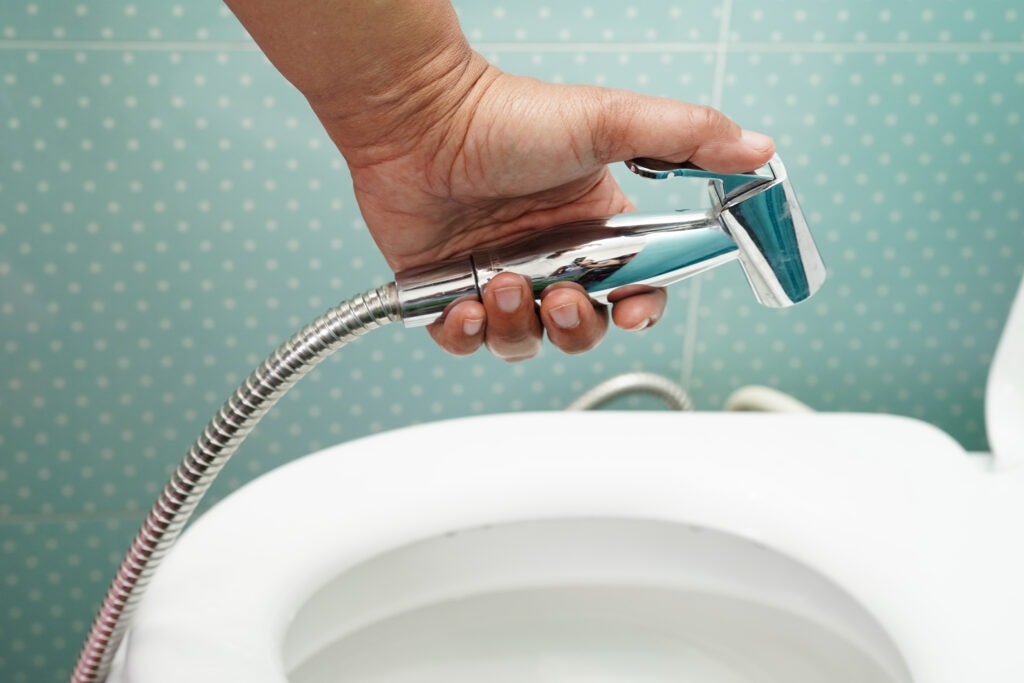
Deep cleaning bidets is imperative for seniors’ hygiene, and knowing how to clean and sanitize bidets involves disassembly, specialized tools, and thorough disinfection. This process not only maintains cleanliness but also ensures long-term, hygienic use.
Dismantle Removable Parts
Nozzles and fittings: Carefully remove nozzles and other removable fittings from the bidet. This allows for individual cleaning and ensures no area is overlooked.
Seats and lids: If detachable, lift off the seats and lids to expose the hidden crevices beneath that can harbor bacteria.
Use Specialized Equipment
Soft-bristled brushes: Deploy soft-bristled brushes to gently scrub the nozzles and crevices, avoiding damage to sensitive components.
High-pressure steam cleaners can effectively remove built-up grime and minerals without harsh chemicals.
Disinfect Entire Unit
EPA-approved disinfectants: Utilize EPA-approved disinfectants, ensuring they’re safe for bidet surfaces. Spray or wipe down every area, paying close attention to high-touch surfaces.
Rinsing thoroughly: After disinfection, rinse all parts thoroughly with clean water to remove any residual cleaning agent.
Did You Know?
Self-cleaning bidets provide an automated cleaning function. This rinses the nozzle before and after each use. This feature promotes hygiene and reduces the need for frequent manual cleaning. It benefits seniors by simplifying maintenance.
Maintaining Hygiene
Proper hygiene for bidets, especially for seniors, involves routine sanitization to prevent the spread of bacteria and ensure a clean environment. How to Clean and Sanitize Bidets effectively is essential for maintaining a safe and healthy bathroom. The following recommendations focus on a systematic approach to cleaning and maintaining bidets, providing the best practices to keep them in top condition.
Daily Sanitizing Tips
For daily upkeep, seniors or caregivers should perform a basic sanitization of the bidet:
- Nozzle Cleaning: Utilize the bidet’s self-cleaning function if available. If not, gently wipe the nozzle with a cloth soaked in warm water and a mild, non-irritating detergent.
- Surface Wiping: Use a damp cloth with a mild cleaner to wipe down the seat, ensuring it reaches all accessible areas without causing any strain.
Weekly Cleaning Schedule
A more thorough cleaning routine is recommended every week:
Deep Clean Nozzle: Manually clean the nozzle with a solution of vinegar and water, which is efficient for disinfecting and removing mineral buildup.
Seat and Handles: Wash the seat, lid, and any handles or control panels with a soft rag and suitable cleaner, taking care not to use harsh chemicals that can damage the bidet’s surfaces.
Check for Leaks: Regularly inspect the bidet for leaks and ensure that all connections are secure to prevent water damage and maintain the bidet’s function.
Addressing Hard Water Buildup
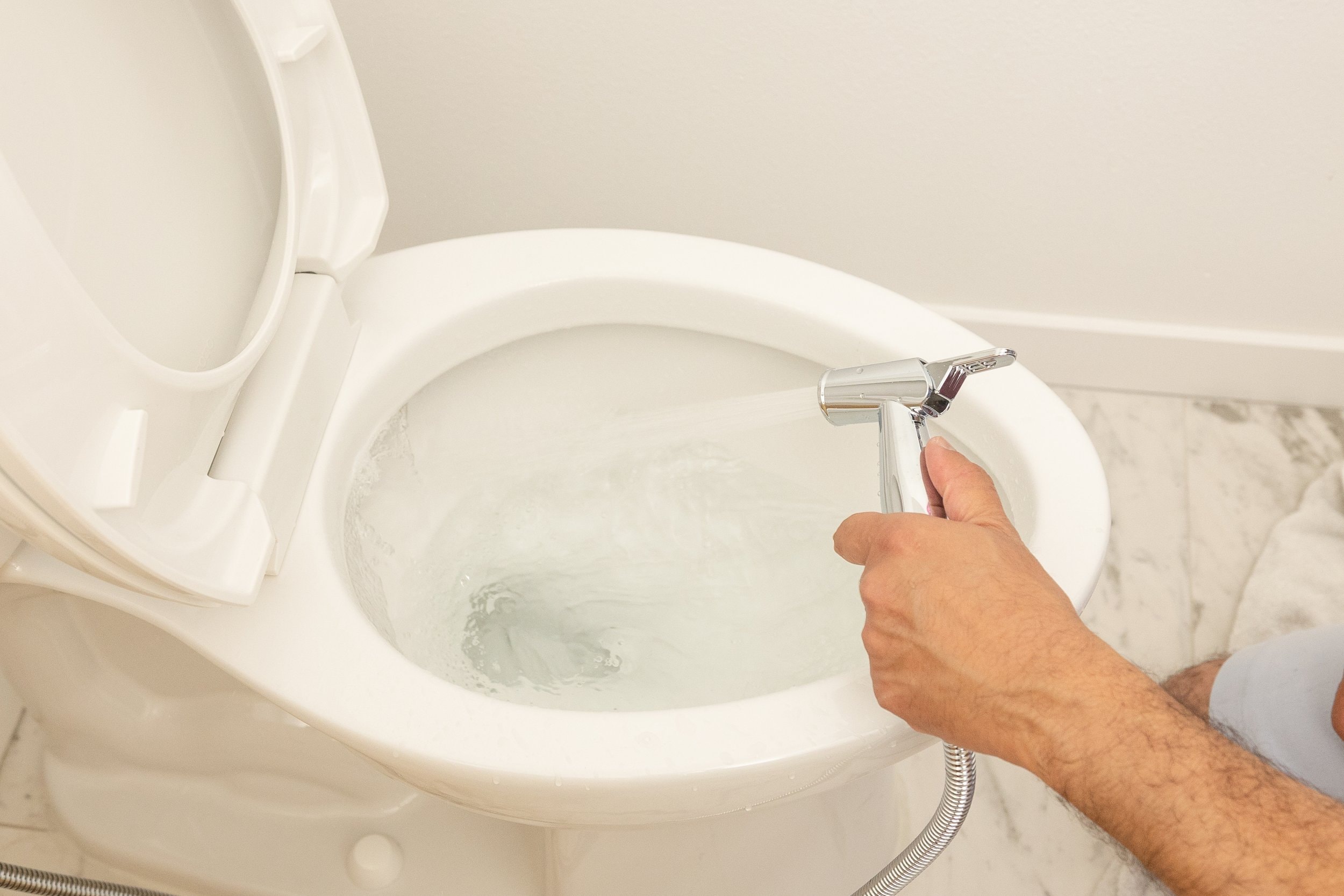
Hard water can lead to mineral deposits forming on bidet nozzles and surfaces, which may hinder the efficacy and cleanliness of the device. If you’re wondering how to clean and sanitize bidets, here’s how to tackle these stubborn buildups.
Identify Mineral Deposits
Mineral deposits from hard water often appear on the bidet’s nozzle, hinges, and other metal parts as white or greenish scales. One might notice a chalky texture that does not easily wipe away, indicating a calcification from hard water.
Apply Descaling Solutions
To effectively remove these deposits:
Prepare a Solution: Mix a descaling agent, such as vinegar or a specially formulated bidet descaler, with an equal part of water.
Application: Apply the solution directly to the affected area, or soak a cloth and lay it over the deposits.
Wait Time: Let the solution sit for 5 to 10 minutes to break down the minerals.
Cleaning: Gently scrub with a soft brush or cloth, then rinse thoroughly with clean water to prevent further mineral buildup.
How to Clean and Sanitize Bidets: Bidet Seat vs. Attachment
When considering cleanliness and sanitation for seniors, you must understand the differences between a bidet seat and a bidet attachment. They offer different functionalities and installation methods.
Bidet Seats
Installation: Replace the existing toilet seat.
Electricity: This may require a power source.
Features: Offered with adjustable pressure, temperature control, and often a warm air dryer.
User-friendliness: Typically comes with a remote control or side panel.
Cleaning: Some models have self-cleaning nozzles and nozzle wash features.
Bidet Attachments
Installation: Installed between the toilet seat and the bowl.
Electricity: Mostly non-electric.
Features: Basic compared to bidet seats, usually with a simple pressure control.
User-friendliness: This can be less intimidating due to simplicity.
Cleaning: Manual cleaning may be required, though some have basic self-cleaning functions.
For seniors, ease of use and minimal physical effort can be key factors. A bidet seat often provides a more streamlined experience with less manual cleaning, essential for those with limited mobility. On the other hand, a bidet attachment can be more economical and easier to install, requiring fewer adjustments to the existing bathroom setup.
Seniors should evaluate their manual dexterity, comfort with technology, and bathroom layout when choosing between these options. Proper installation and regular maintenance are crucial for ensuring that the bidet, whether an attachment or a seat, remains hygienic.
Professional Assistance
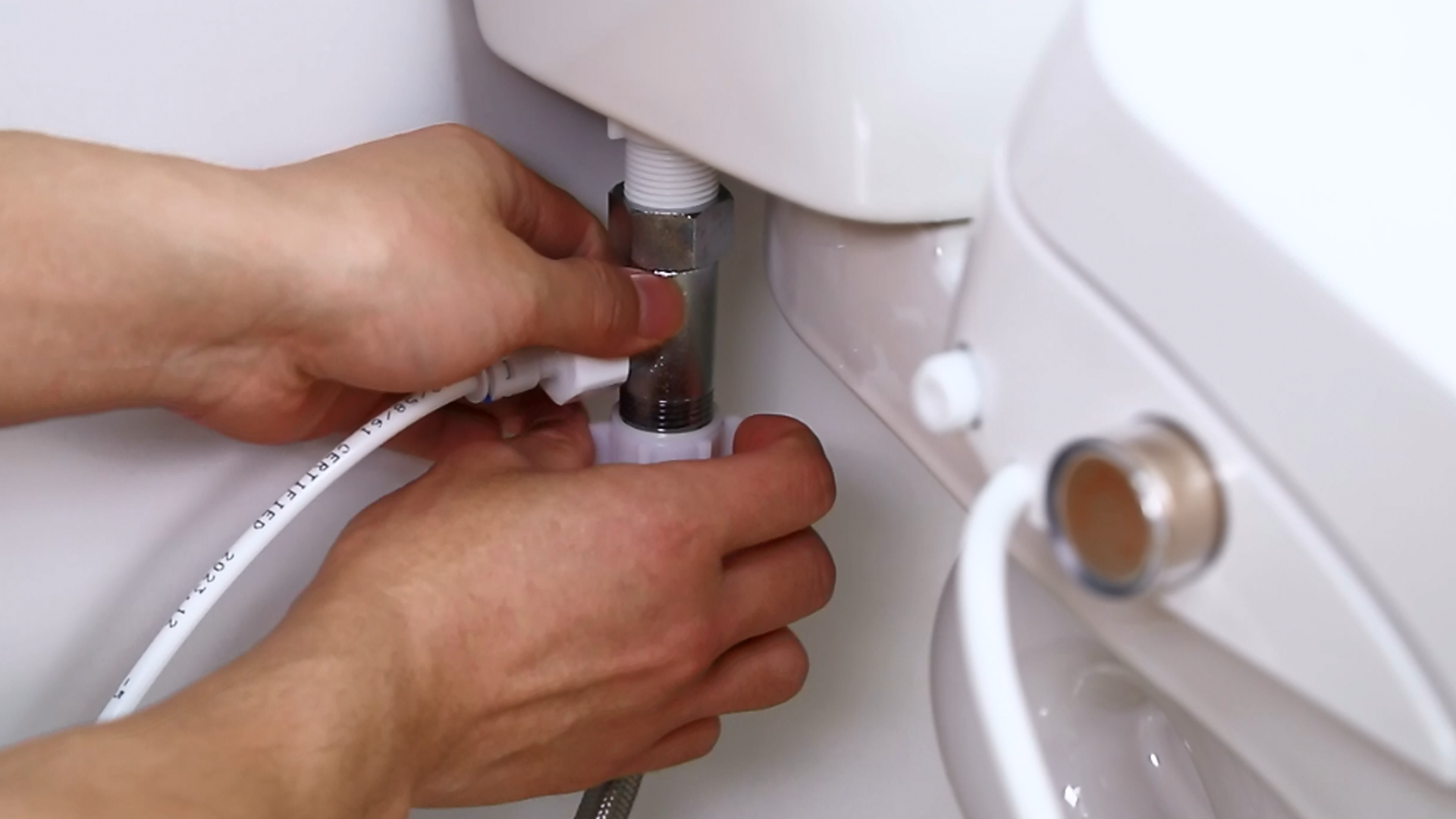
When cleaning and sanitizing bidets for seniors, there are times when the task requires more than just routine maintenance. Knowing how to clean and sanitize bidets is essential. Still, professional assistance ensures that bidets are properly cared for, especially when dealing with intricate features or repairs beyond a senior’s capability.
When to Call for Help
Complex Repairs: If a bidet malfunctions, it often necessitates technical expertise. Professionals can handle intricate issues such as internal leaks or electrical problems.
Deep Sanitization: For thorough cleaning, especially during illness outbreaks, professionals use commercial-grade products and techniques that are more effective and safer for prolonged use.
Finding a Service Provider
Qualifications: Look for providers with certifications in plumbing or sanitation services. Ensure they have experience with bidet systems.
Reputation: Check customer reviews and ask for recommendations from healthcare providers or senior care centers to find a reputable service.
Eco-Friendly Cleaning Options
When seniors or caregivers need to clean bidets, understanding how to clean and sanitize bidets effectively is crucial. Choosing eco-friendly cleaning products contributes to environmental health and ensures that the cleaning process is safe for users and the device. Here are some effective eco-friendly options:
Vinegar and Water Solution: A simple mixture of one part distilled white vinegar and four parts water can act as a natural disinfectant. The user can apply this solution with a soft cloth to gently clean the bidet’s seat, lid, and nozzle area.
Baking Soda Paste: A paste made from baking soda and water can be used for tougher stains. This paste can be applied, left for 15 minutes, and then scrubbed off with a soft brush or cloth.
Essential Oils: Some essential oils, like tea tree, lemon, or lavender, have natural antibacterial properties. Adding a few drops to the water or vinegar solution can boost cleaning power and leave a fresh scent.
Note: Ensure all cleaning agents are wiped off thoroughly with clean water after cleaning to avoid skin irritation for the next user. Care should be taken to avoid harsh or abrasive chemicals that could damage a bidet’s finish or components. Manufacturers often provide specific guidelines for cleaning bidets, which should always be followed to maintain warranty and ensure the product’s longevity.
Watch this video showcasing five highly rated bidets available on Amazon.
By: ReviewBase
Ensuring Hygiene and Longevity in Bidet Care
Knowing how to clean and sanitize bidets is essential for ensuring a hygienic and comfortable experience, especially for seniors who rely on these devices for personal care. A clean bidet enhances user satisfaction and significantly reduces the risk of bacterial growth, contributing to a healthier bathroom environment. By following the recommended cleaning practices and utilizing eco-friendly products, caregivers and seniors can maintain the functionality and longevity of their bidets, making them a dependable tool for daily hygiene.
As outlined in this guide, regular maintenance and deep cleaning routines empower users to keep their bidets in optimal condition. From addressing hard water buildup to understanding the differences between bidet seats and attachments, these practices are vital for fostering safety and independence in the bathroom. As bidets continue to gain popularity for their eco-friendly and hygienic benefits, mastering the cleaning process ensures that users can fully enjoy the advantages they offer while maintaining a safe and pleasant experience.
Frequently Asked Questions
Proper cleaning and sanitization of bidets is crucial for elderly individuals to maintain good hygiene and minimize health risks.
What is the Best Method to Clean and Disinfect a Bidet for Elderly Users?
For elderly users, bidets should be cleaned with a gentle, non-abrasive cleaner, focusing on areas that come into frequent contact with skin. Disinfectant wipes or a spray, safe for electronic bidet seats, are recommended for sanitizing surfaces.
The nozzle of a bidet should be cleaned daily with the bidet’s nozzle wash feature, if available. Regular manual cleaning with soapy water is also advised to ensure it remains hygienic.
Are There Specific Steps to Follow When Sanitizing a Bidet Spray Attachment?
When sanitizing a bidet spray attachment, ensure it is disconnected from the power supply. Use a soft cloth and soapy water to clean the surfaces before wiping them down with a disinfectant compatible with the material of the attachment.
Keep Connected With Us
Are you prepared to begin a journey filled with compassion and knowledge? Join us on social media for uplifting stories, expert advice, and essential tips on caring for seniors!
? Website: Check out sr-parents.com for in-depth articles and resources related to senior care, health, and wellness.
? Pinterest: Discover a wealth of caregiving ideas, home solutions, and activities tailored for seniors at pinterest.com/seniorparents.
? Facebook: Join our supportive community at facebook.com/sr.parents. Connect with other caregivers, share your stories, and find motivation.
? Twitter: Stay updated by following us at twitter.com/senior_parents for the latest news and discussions about senior care.
? Instagram: Visit instagram.com/seniorparents for inspiring moments, caregiving tips, and insights into the lives of seniors and their families.
Stay engaged, inspired, and informed with our latest articles and heartwarming narratives on senior care.

